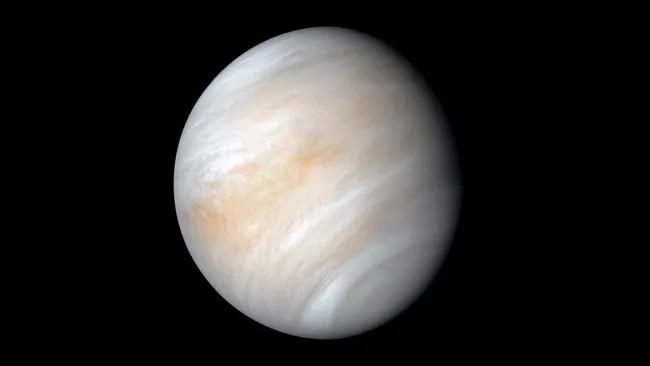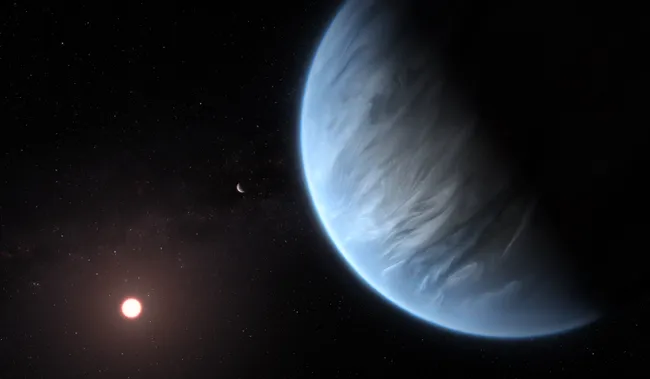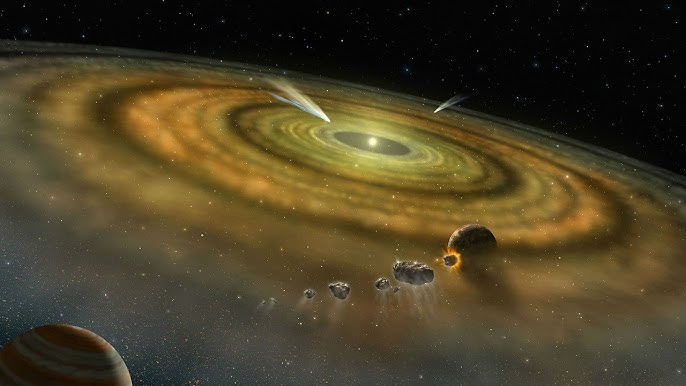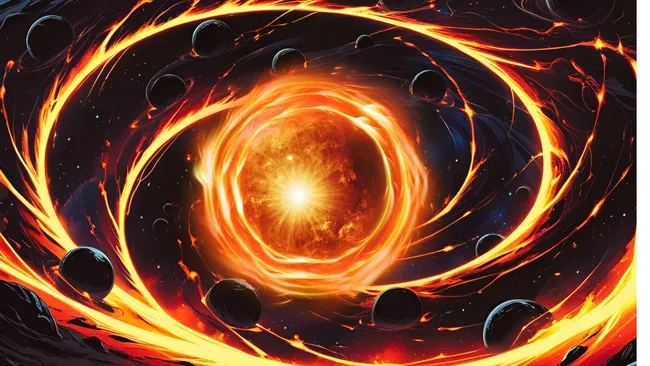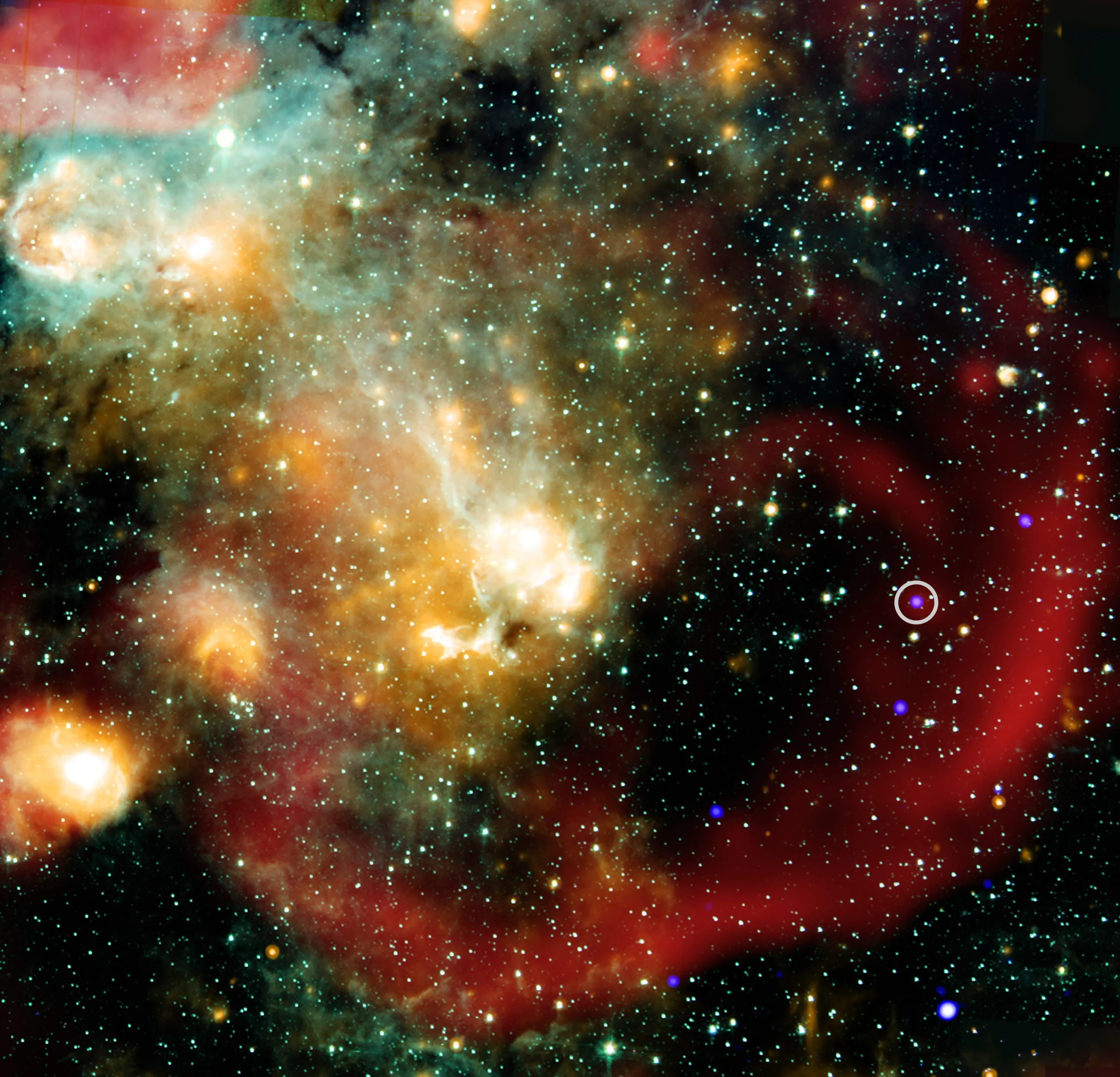Astronomers are turning their attention to an elusive group of asteroids that orbit the Sun in sync with Venus, raising the possibility that this population may be far larger than anyone expected.
“It’s like discovering a continent you didn’t know existed,” said Valerio Carruba, a researcher at São Paulo State University and lead author of a new study, in a statement to Space.com. According to Carruba, there could be hundreds of such asteroids hidden in plain sight.
These celestial objects are called Venus co-orbital asteroids, a rare class of space rocks that share Venus’ orbital path. So far, astronomers have confirmed only about 20 of them. But Carruba and his team suggest that this number barely scratches the surface.
One major obstacle in studying these asteroids is their position relative to the Sun. From Earth’s surface, they’re often lost in the glare, making them incredibly difficult to detect with ground-based telescopes. And even when visible, their rapid movement poses additional challenges for observation.
Interestingly, only one known Venus co-orbital asteroid follows a near-circular orbit. The rest have elongated, elliptical paths — a pattern that Carruba believes may reflect observational bias rather than the true nature of the population.
To test this theory, Carruba’s team ran advanced simulations involving hundreds of hypothetical Venus co-orbital asteroids. The results showed that these objects could remain gravitationally bound to Venus’ orbit for around 12,000 years on average. Some of their paths even drift dangerously close to Earth — although not in the near future.
“There’s no imminent danger,” reassured Scott Sheppard, an astronomer from the Carnegie Institution for Science who was not involved in the research. “The chance of one hitting Earth soon is extremely low.”
Carruba’s study, published on arXiv and set to appear in Astronomy and Astrophysics, also analyzed the orbits of the 20 confirmed Venus co-orbitals. Three of them, each around 300 to 400 meters in diameter, could pass within 46,500 miles (74,800 km) of Earth’s orbit — but only after thousands of years of slow orbital evolution.
Recognizing the scientific value of these hard-to-spot asteroids, Carruba emphasized the need for continued research and better detection strategies.
Because Earth-based observation has its limits, the team suggested that a spacecraft near Venus’ orbit would be far more effective. In addition, the Vera C. Rubin Observatory, which recently released its first images, could help spot these asteroids through its twilight survey programs. Early results from the observatory already include over 2,100 new asteroids.
Looking ahead, a proposed mission called CROWN could take things further. The concept envisions a fleet of small spacecraft designed to patrol Venus’ orbital region, searching specifically for inner solar system asteroids.
“If these asteroids really exist in large numbers,” Carruba said, “CROWN or other missions could be key to finding them.”
This quiet swarm of space rocks may not pose any immediate threat, but their discovery could reshape our understanding of Venus’ surroundings — and of the inner solar system itself.

